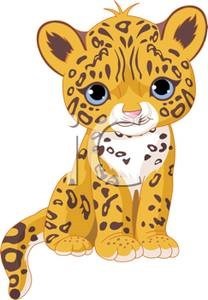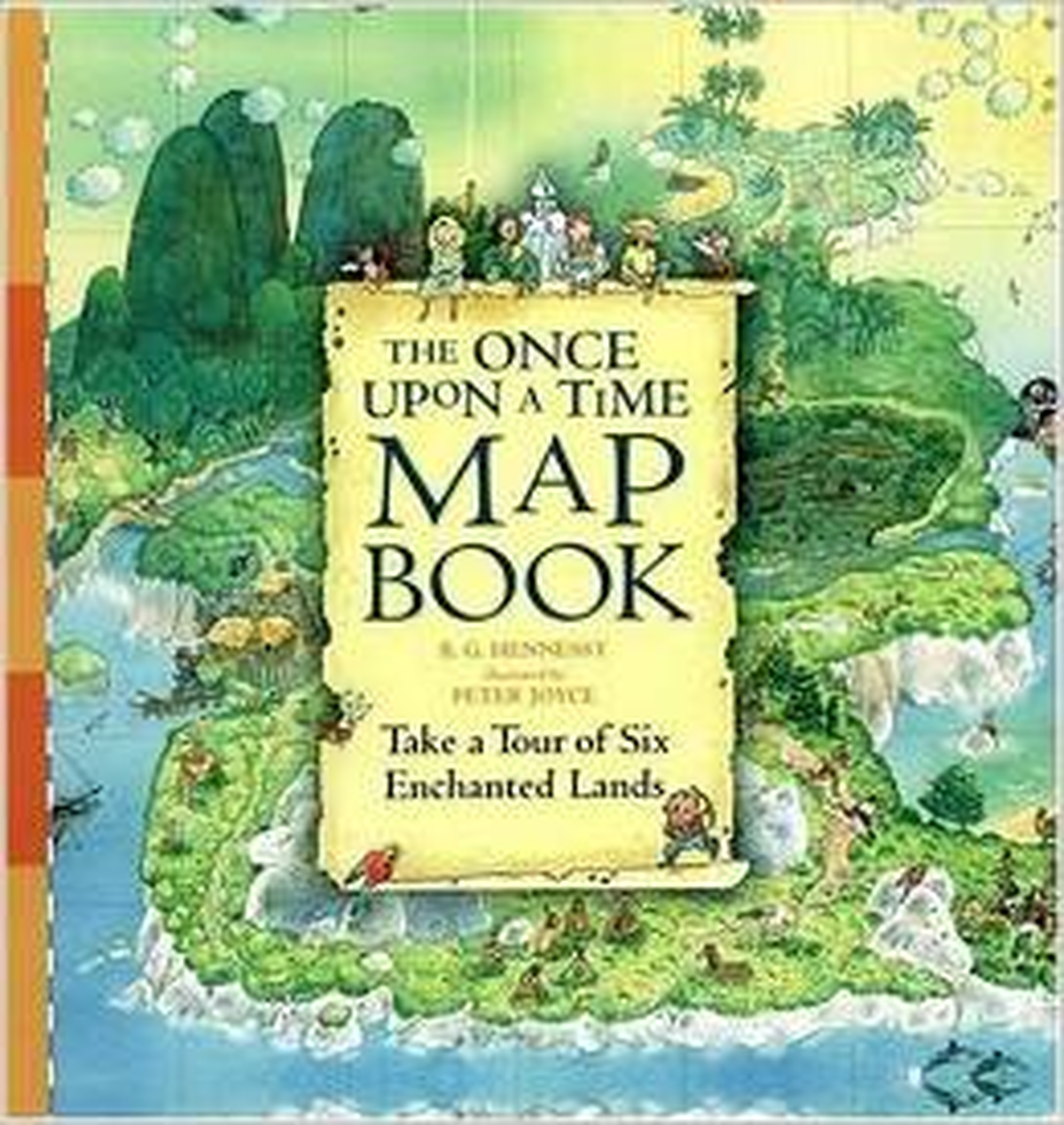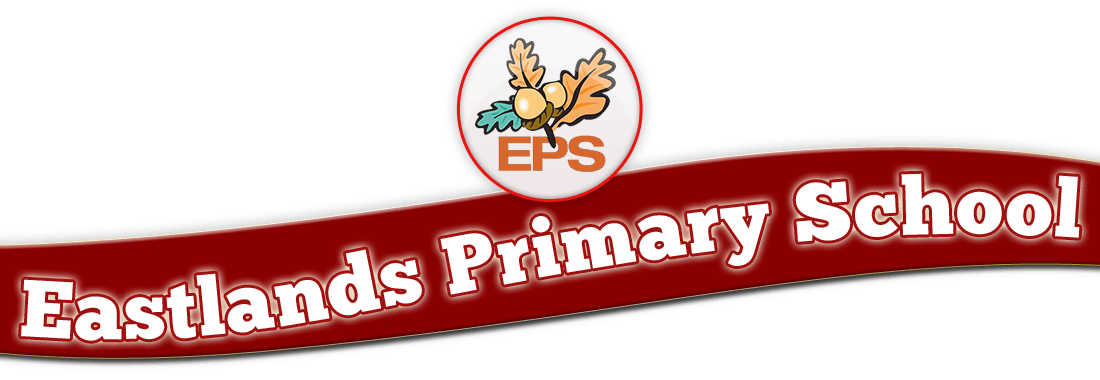Leopards
|
Mrs Warrington |
 |
Mrs Stonell |
View a year in Year 6
Please click on the link below to view information for parents and carers on the end of year expectations for children in our school. The National Curriculum outlines these expectations as being the minimum requirements your child must meet in order to ensure continued progress.
Subject Mapping
27/06/2016
Final morning in Skern. Not quite ready to go home just yet! View their final adventure.
26/06/2016
It has been another very busy day for Year 6 and the Eastlands staff at Skern. They thoroughly enjoyed getting very wet during the rafting experience. View the photographs show how they have embraced challenges on the animoto below. Go Year 6!
25/06/2016
Year 6 have completed their second day and Skern and they have been very busy. View the photographs of their adventures on the animoto.
24/06/2016
Year 6 left Eastlands this morning and headed to Skern Lodge in North Devon. They arrived safely and they have been busy completing challenges already. Follow us on Twitter @eastlandsschool for up to date news.
View their adventures on the animoto below.
Homework
Our next Learning Challenge is to learn about the Mayan Civilisation. For homework over the next week choose one of the following questions to complete for the display board using your writing skills and illustrations (no print outs from the internet).
- What were the homes of the Maya like?
- Mayas built pyramids, what were they like and what were they used for?
- Were the Mayas religious? What did they believe in?
- What did the Mayas eat and where did they get this from?
This homework is due in on Friday 20th May 2016.
Summer Term 2016 - Learning Challenge 4
| Prime Learning Challenge Question |
| Who were the Mayans and what have we learnt from them? |
| Subsidiary Learning Challenge Questions: |
| Who were the Mayans and where did they live? |
| What evidence do we have that the Mayans were an advanced civilisation? |
| What have the Mayan civilisation in common with space travel? |
| What can we learn from the way they built their pyramids ? |
| What do we know of the rituals carried out by the Mayans? |
| Why was the sun an important feature in Mayan life? |
| What caused the Mayan civilisation to disappear? |
5 Year 6 children visited Hillmorton Primary School to experience science. They learnt what it would be like to be palaeontologists, made lots of new friends and learnt many new skills. Here are some of our photos and thoughts about the day.
Year 6 experienced orienteering at Ryton Pools, at the beginning of their Learning Challenge
Spring Term 2016 - Learning Challenge 3
| Prime Learning Challenge Question |
| I'm a Year 6 pupil, can you get me out of here? |
| Subsidiary Learning Challenge Questions: |
| Can you find your school on an OS map and a birds eye view? |
| What would a birds eye view of your school look like? |
| Can you put together a map of the immediate area around your school? |
| If you get stuck in Skern, how would you go about finding your way home? |
| How would you go about planning a trip to a European city to include cost and time? |
| Can you use a map including the 8 compass point directions to plan an orienteering course for Year 5? |
This is our third Learning Challenge. It is a geography based project to develop our skills and understanding of our country, Europe and mapping. Children will be learning how to read OS maps and understanding how to read a range of scales. They will make careful use of measurements and using data and learn how to correctly describe physical environments.
Useful books to read:
The once upon a time map book by B.G. Hennessy
Six comprehensive maps lead children on a tantalizing tour of their favorite magical kingdoms and introduce them to the way maps work.
The Blurb: Once upon a time, fairy-tale kingdoms existed only in the realm of theimagination. But now, this mesmerizing book of maps brings lands like Neverland, Oz, and Aladdin's kingdom as close as kids' fingertips. Want to retrace Alice's steps through Wonderland? Start at the rabbit hole and follow the map past the Duchess's house to the croquet ground (just remember not to eat anything along the way!). With maps of six different lands to explore, each offering special points of interest, hidden objects to find, and dangers to avoid, young readers will be spending a lot of time in ONCE UPON A TIME — and learning valuable map-reading skills along the way.
The Scary Places Map Book: Seven Terrifying Tours by B.G. Hennessy
Grab a flashlight for an after-dark exploration of seven very scary places. Giggles and goose bumps are in store!
Take a tour of seven spooky places, among them the Wicked Woods, a Ghostly Galleon, and the Western Terror-tories. Along the way, avoid booby traps, search for hidden objects, and learn basic map reading skills! A map key, items to look for, and points of interest, such as Dracula’s Castle and Dr. Frankenstein’s laboratory, are included for each eerie region


Helpful websites to support this learning challenge:
http://www.wikihow.com/Read-a-Map this website tells you how to read maps, how to choose a map, what orientating maps means, contour lines and much much more.
http://www.magazine.ordnancesurveyleisure.co.uk/magazine/index.html This is the Ordnance Survey magazine which has a tab on how to read maps with your child.
Year 6 designed some amazing T-shirts for the Anti-Bullying week competition
Year 6 Enjoyed their trip to the Rugby World Cup Experience.
Autumn Term 2015 - Learning Challenge 2
| Prime Learning Challenge Question |
| Were the dark days of London really that dark? |
| Subsidiary Learning Challenge Questions: |
| Who were the Roundheads and the Cavaliers? |
| Was Oliver Cromwell right to stop the monarchy? |
| Why was the execution of Charles 1 a major event in British history? |
| Why do you think the monarchy was restored after a short while? |
| Set up a Parliamentary debate for and against Cromwell, film it and then show it. |
| Why do some people think that the Great Fire was one of the best things that happened to London? |
| Who was Samuel Pepys and would he have been a modern day blogger? |
| Recreate the Great Fire of London in an artistic way. |
This is our second learning challenge in Year 6. This historical based study of British history will extend the children’s understanding of the beheading of Charles 1st, the Civil War and the Great Fire of London.
To help them to gain a better understanding of these times they could research the life and times of Stuart Britain, the British Civil War and the beginnings of Parliament and the Politicians and politics of this era.
Children will be drawing timelines of the events thinking about, famous people, weaponry, transport and health care during this era.
They will research a person from this time period thinking about what influences they had on the country we live in today.
Useful books to read:
Tudors and Stuarts
- From battles and beheadings, to plots and plague, this book tells the story of life in Britain under the Tudors and Stuarts.
- Full of intriguing facts, illustrations, detailed reconstructions, paintings and maps.
- Includes links to websites to find out more information via the Usborne Quicklinks Website.
The Slimy Stuarts
Readers can discover all the foul facts about the SLIMY STUARTS, including why some slimy Stuarts ate toads, snails and fleas, which king picked his nose and never washed his hands and why people wore fish on their feet (bleeugh!). With a bold new look, these bestselling titles are sure to be a huge hit with yet another generation of Terry Deary fans. Revised by the author and illustrated throughout to make HORRIBLE HISTORIES more accessible to young readers. www.horrible-histories.co.uk
Year 6 were asked to produce a timeline of the Stuart Period including: monarchs, pictures, information about key events and of course dates!
Here is a slideshow showing some of their hard work.
As part of Learning Challenge 1 Year 6 created a boat that would sail on the water.
Autumn Term 2015 - Learning Challenge 1
| Prime Learning Challenge Question |
| Will you ever see the water you drink again? |
| Subsidiary Learning Challenge Questions |
| Why is water a major necessity in any town, village or city? |
| How does rain water form in the first place? |
| Why do some places go for a long time without rain and others have too much rain? |
| How is water used to help provide energy to many places? |
| Can you create a boat that requires water to power it? |
| What happens to the water in our home once it disappears down the sink? |
| Can you recreate a famous waterscape? |
Suggested Text:
Helpful websites to support this learning challenge:
http://www.stwater.co.uk/leisure-and-learning/learning-zone/
http://www.michaelgallacher.co.uk/a1-gallery2.asp?roomID=5550
http://wateruseitwisely.com/kids/
...










































































































































